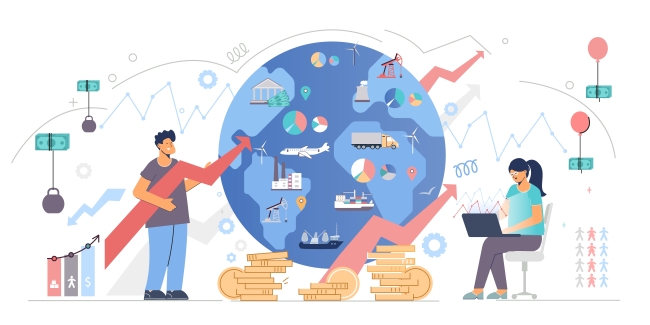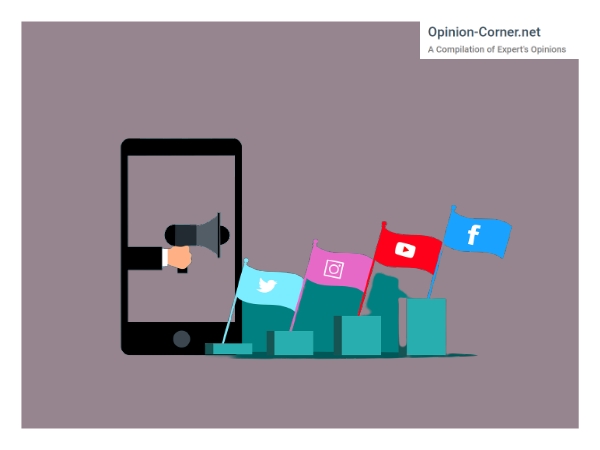Since the global outbreak of SARS-CoV-2, every industry has undergone colossal changes and slowly learned to co-exist with the virus. This disruption has significantly affected almost all businesses, most of all manufacturing and its three vital spokes – production, demand, and supply chains – that run manufacturing cycles and processes.
Going by the global business scenario, manufacturing has shown gathering strength in 2022, building on the momentum it gained while emerging from the pandemic. It has surpassed expectations from the prior two years.
 And while overall demand and production have hit recent highs, indications show near-term outlook may not be as bright as it seems. Because industries at present are currently experiencing concerns related to inflation. Apart from that, talent challenges, supply chain issues global logistics backlogs, cost pressures, and most of all Russia-Ukraine war have also hit a big jolt to economic recovery. Layoff season has commenced and warning bells are already ringing pointing toward recession and uncertainty.
And while overall demand and production have hit recent highs, indications show near-term outlook may not be as bright as it seems. Because industries at present are currently experiencing concerns related to inflation. Apart from that, talent challenges, supply chain issues global logistics backlogs, cost pressures, and most of all Russia-Ukraine war have also hit a big jolt to economic recovery. Layoff season has commenced and warning bells are already ringing pointing toward recession and uncertainty.
As leaders, it will be important for manufacturers to look beyond this crisis and revamp their approach to achieve growth momentum. Here are some trends in manufacturing and allied industries we expect to outlast the pandemic fallout.
- Supply chain change
The pandemic crisis mounted upon years of trade turbulence and the present war has demonstrated issues in how supply networks heavily concentrated in one country or region are extremely vulnerable. In light of this, it is ideal, manufacturing leaders consider diversifying the physical locations of their supply base.  E-commerce acceleration
E-commerce acceleration
Covid has displayed the power of the Internet. During the crisis, consumers’ choices shifted almost entirely to online space. And now as the horizon seems clear of any further potential global outbreak, accelerating e-Commerce space is likely to prevent brick-and-mortar stores from gathering pre-pandemic levels of traffic.- Reliance on automation
Automation reduces the need for human interaction, and it came in handy for numerous industries during the Covid crisis. Manufacturers having automation in their factories fared well in ensuring best practices for social distancing and reallocated human capital in a better manner to their other businesses. In the long-run manufacturers emphasizing automation will be able to improve efficiencies, cut down costs, and also reduce health risks in the workplace. - Focus on saving
As the likelihood of a recession gathers steam, consumers are increasingly concerned about financial stability. It means consumers will continue to be most inclined to a ‘don’t spend but save’ mentality in the foreseeable future. This state of mind is also visibly marked in the business world with most companies cutting capital expenses, and laying off employees as part of an agenda to tighten the belt. - Pivoting of products and prices
Limiting production so as to focus more on products in highest demand or even jumping to new products which are more suited to the current economic landscape may be the choice of manufacturing entities in the coming days. - Bulk-buying, stockpiling
It is very much possible that buying bulk and hoarding may become more common consumer behavior than ever before. So many manufacturers who feel their current inventory strategies are not well catering to present consumer needs may consider shifting to a just-in-case inventory strategy when there is a risk of drying up a product. - Recession preparation
Even after the worst of the COVID crisis has abated, a recession is almost and depression also cannot be ruled out. While it is impossible to forecast the period it might take the economy to recover, manufacturers should assume that it will be an extensive downturn. - Increased merger and acquisition
In the post-Covid world, markets may see an increased number of businesses planning strategic acquisitions. Big manufacturers may need to boost their capabilities when impacted by slowdowns and may bait smaller businesses. - Employee safety will be the top priority
Workplace safety is a major thing to consider for manufacturers. But now it becomes a top priority, especially after the Covid pandemic. Increased emphasis on healthcare facilities, workplace safety, insurance of employees, and other holistic measures to deal with such future outbreaks will be most necessary. - Focus from B2B to B2C
Covid has made forced manufacturers to carefully wade into the business-to-consumer (B2C) model from the traditional business-to-business (B2B) model more vigorously than ever. Because B2C boasts a number of appealing benefits which include more profits, faster delivery to market, brand and price control, getting better customer data and thus better products, stronger relationships, and increased sales. - VR & AR support
COVID proved a major obstacle in the arms of manufacturing units. But it also unleashed the use of augmented reality (AR) and virtual reality (VR). This assistive technology helped companies with remote assistance and service, troubleshooting, and repairs.
Broadly speaking, manufacturers will now have to get comfortable operating in an environment of constant uncertainty and change their business strategy while keeping in mind foresight and financial discipline. By doing so, they can navigate the oncoming downturn and remain above the growth curve.

